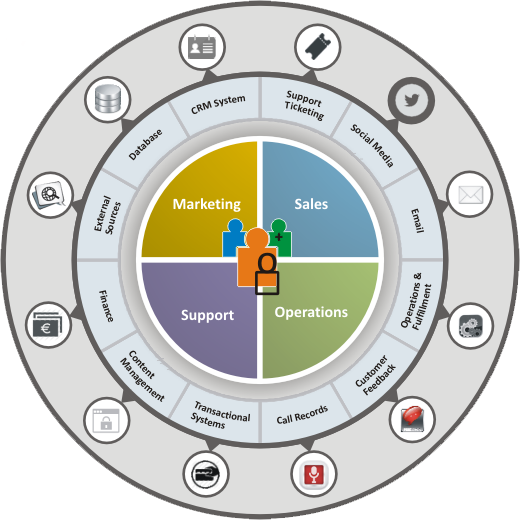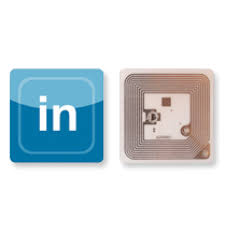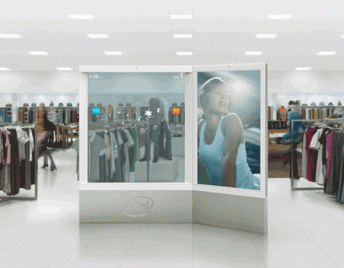Als je sinds het Twitter-débacle over “The dress” – voor mij persoonlijk toch alleszins een reden om de ernst van Twitter als marketing kanaal tijdelijk in twijfel te trekken – niet meer actief bent geweest op Twitter, dan heb je toch iets interessants gemist : de geboorte van alweer een nieuw marketing kanaal. Instant streaming app Meerkat, met name.
Meerkat geeft gebruikers de mogeljikheid om live video rechstreeks te streamen naar Twitter. Volgers kunnen zich abonneren op de streams en live de feed bekijken. Het kan gaan om webinars, Q&A’s maar ook actie in het skatepark of Uber ritjes.
De mogelijkheden van dit nieuwe medium en de app worden nog volop ontdekt en het is duidelijk dat Meerkat zelf nog enkele opstakels zal moeten overwinnen, niet in het minst de totale afhankelijkheid van Twitter. Dat vorige week meteen aankondigde dat het een eigen gelijkaardige dienst zal opstarten. Van een obstakel gesproken.
Maar het is duidelijk dat live video streaming hot is en alleen maar hotter zal worden. Laten we dus eens kijken wat het te bieden kan hebben voor event marketing.
1. Meerkat activeert je doelgroep
Kijk eens terug op je vorige event. Wat doen bezoekers vaak ? Foto’s nemen, goeie quotes tweeten of notities nemen om er achteraf een verslag mee samen te stellen of een blog post. Stel je nu eens voor dat een aantal deelnemers je event live streamen naar honderden of duizenden volgers op Twitter en vervolgens die inhoud gebruiken om er nog meer relevante content van te maken en te delen. Kan je je inbeelden hoeveel meer aandacht dat kan genereren voor je merknaam, je spreker, je event en je product. Meerkat brengt de toegankelijkheid en beschikbaarheid van video content naar een totaal nieuwe hoogte.
2. Meerkat laat je een uniek perspectief delen
Iedereen wil wel eens een “behind the scenes” ervaring. En Meerkat laat je toe dat op zeer overtuigende en eenvoudige wijze te doen, zonder grote investeringen. Stel je voor dat één of een aantal van je medewerkers de opbouw van je event in beeld brengen en op die manier al dagen voor je event de “buzz” opvoeren. Je zou bijvoorbeeld een exclusieve, on-to-one kunnen hebben met je keynote speaker die al voor de aanvang van de conferentie, live vragen van fans en deelnemers beantwoordt. Het engagement verhoogt, zowel bij sprekers als deelnemers en de geweldige content die dat oplevert, kan je weer delen met de ganse wereld.
3. Dankzij Meerkat heb je content voor meerdere kanalen en netwerken
Facebook en YouTube worden overspoeld door video. Mobiele video editing apps maken het makkelijk om goed-uitziende stukjes video te monteren vanop je mobiele apparaat. Daarop inspelend, laat Meerkat je toe om je eigen live feed op te slaan op je eigen toestel. Op die manier kan je dan één of meerdere stukjes inhoud monteren die je verspreid via andere kanalen. Denk aan Vine, Facebook, Youtube,…
Trek een 15-seconden clipje uit je feed met daarin een belangrijke takeaway, en deel op Instagram of Vine. Creëer een YouTube serie met alle antwoorden op vragen van je deelnemers. Stop de video in een post-event rapport, of een follow-up blog post.
De mogelijkheden om je exposure te vermenigvuldigen zijn eindeloos – en allemaal met het live gevoel en de vlotheid van “shoot from the hip”.

Pas ook op : Meerkat heeft ook nadelen
De democratisering van video content en die mogelijkheden in de handen leggen van iedereen, houdt ook risico’s in. Je moet namelijk de controle laten gaan en dat kan best lastig zijn. Stel je maar voor dat je keynote speaker niet wil dat de inhoud van z’n lezing volledig live beschikbaar is. Hoe ga je daarmee om ? Kan je verbieden dat deelnemers Meerkat gebruiken tijdens de keynote ? Hoe pak je dat aan ? Dat kan je best op voorhand doorpraten met de spreker en je team en een scenario klaar hebben als er zich een dergelijk probleem zou voordoen tijdens de sessie.
Het najaar in beursland is nog een 6-tal maanden weg. Lijkt lang, maar niet voor event managers en marketeers. In 6 maanden kan er veel gebeuren, zeker in de wereld van mobiele technologie. Ondertussen is Meerkat een leuke uitdaging voor marketeers om mee te spelen en uit te vissen hoe het ingepast kan worden als kanaal om het contact met de doelgroepen uit te diepen en nieuwe volgers aan te trekken.
Hoe ga jij het gebruiken ?










